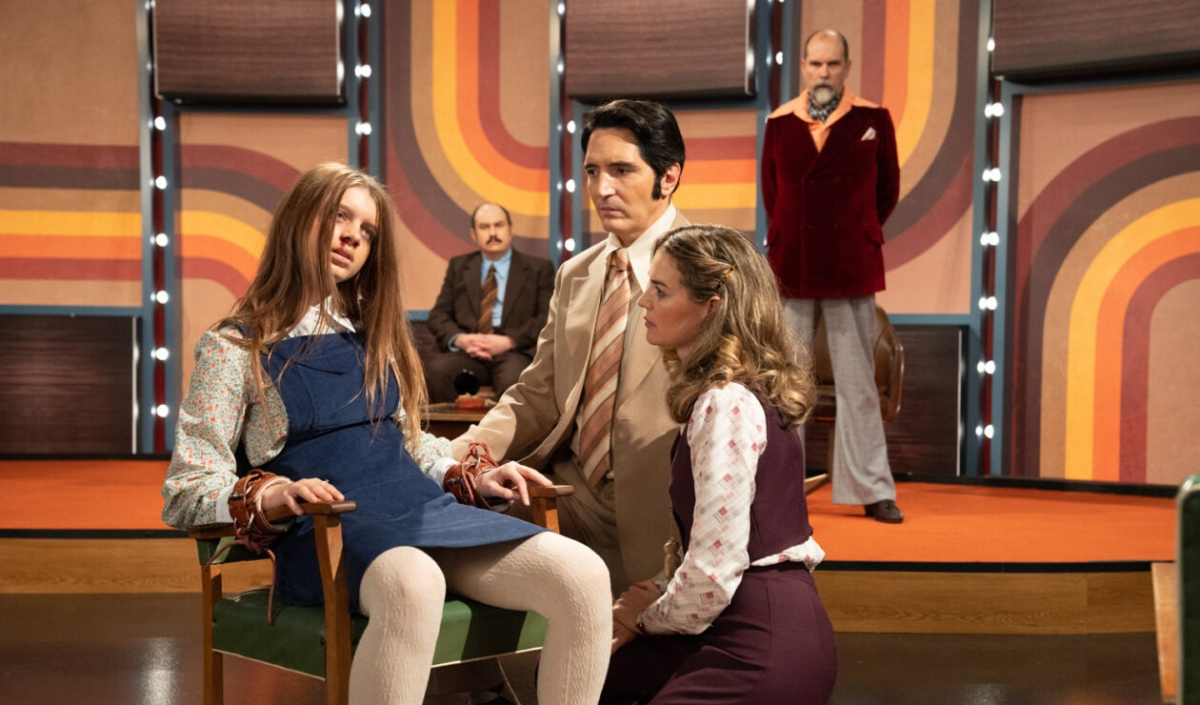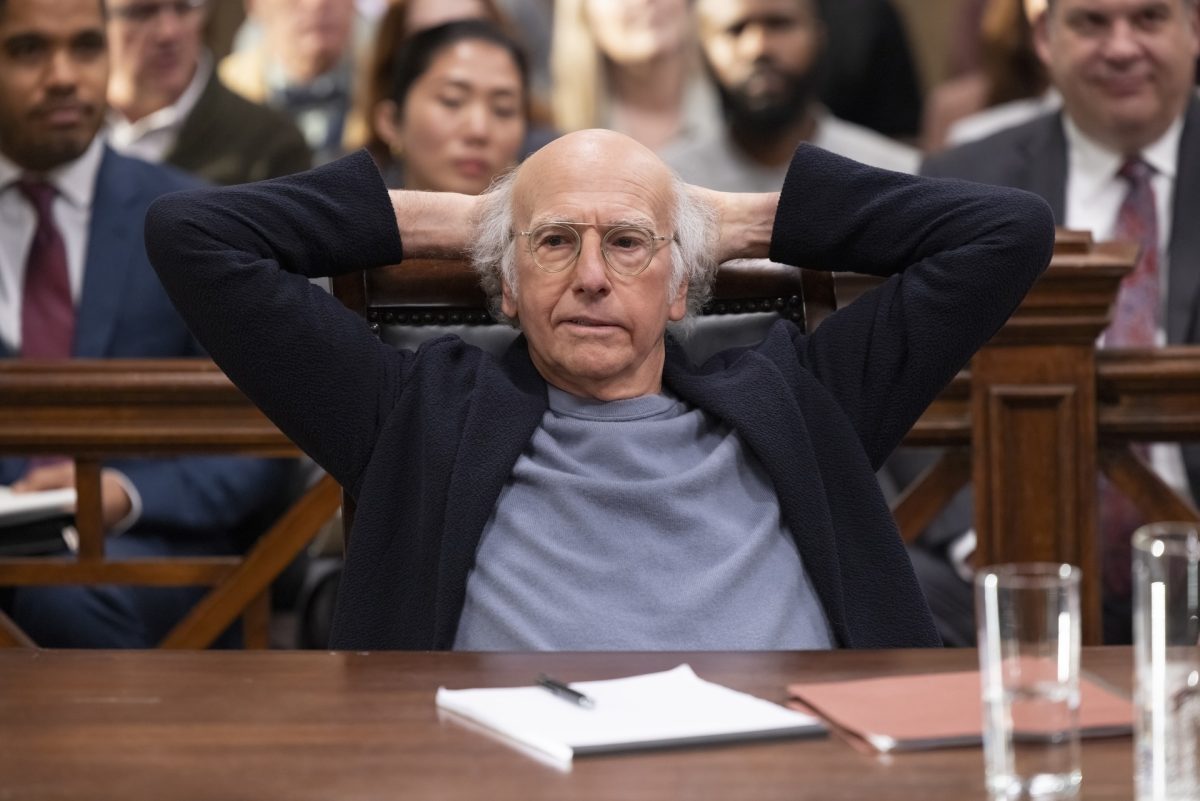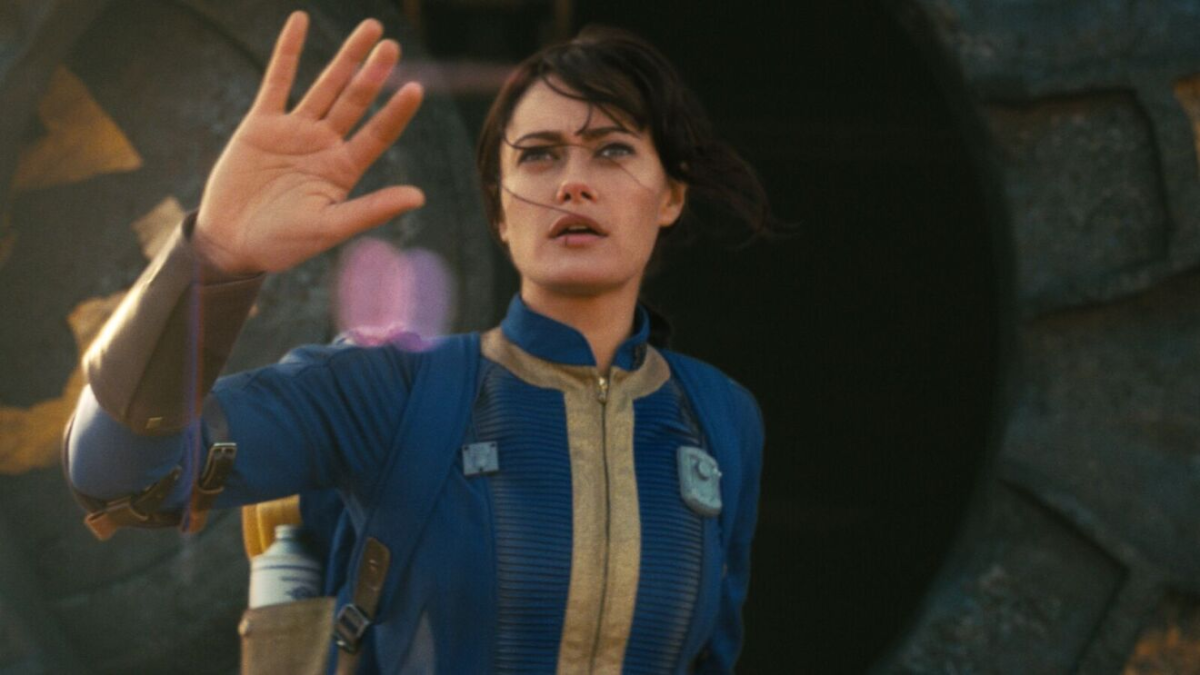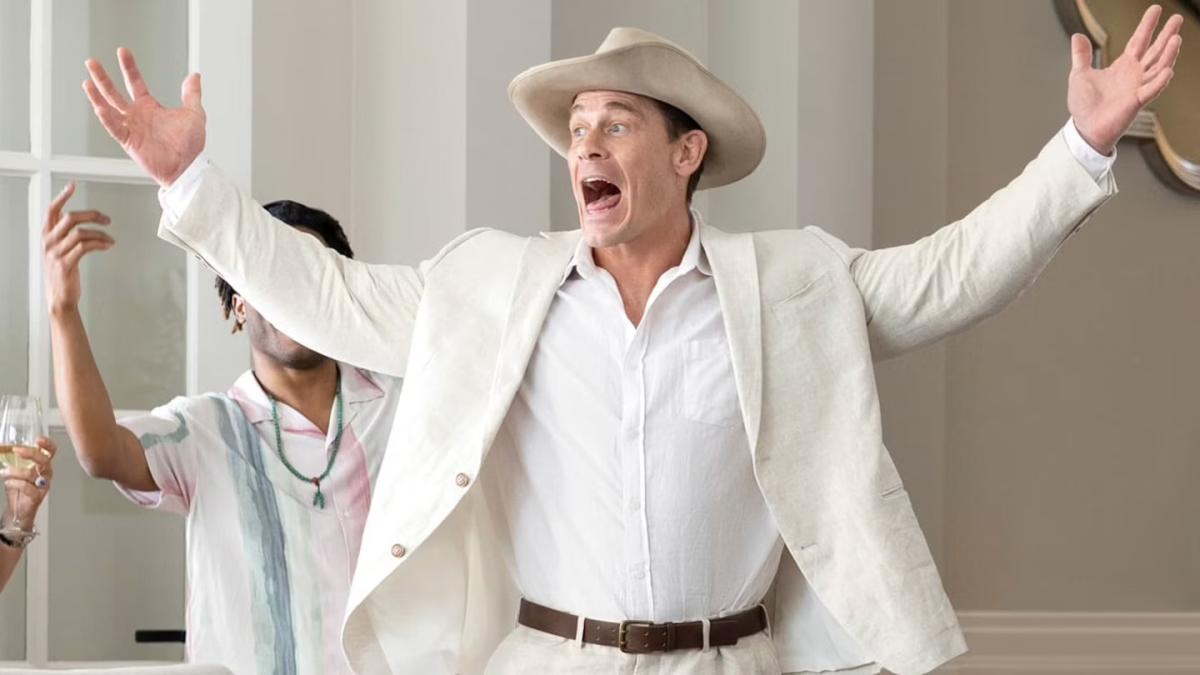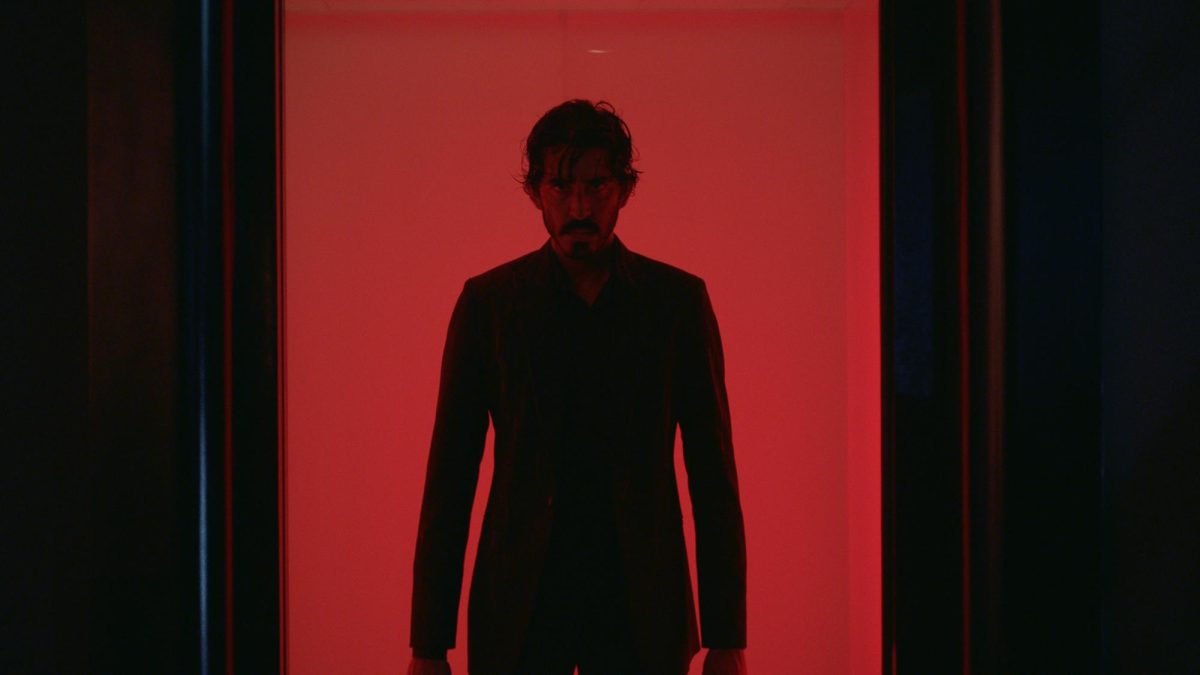“Escape from Tomorrow” is a film that succeeds at taking surrealism to new levels. Its cinematography and its story are so vivid that it’s hard to comprehend the movie as a finished product. The audience can’t tell whether they’ve wasted an hour and a half watching a pointless art-house movie trying to convey something or if their minds have contorted under the genius of the picture. The film is neither. It’s just a movie that is intriguing mostly because it’s so enjoyably disturbing. It takes Disney World, the global symbol for family-friendliness, and molds it into a grotesque and ugly monstrosity that physically and mentally attacks the patrons that flock to its theme park. The total result is a compelling and bizarre movie with treacherous undertones that undermine the perceived innocence of the theme park.
On the last day of a family vacation to Disney World, Jim White (Roy Abramsohn) finds out he’s lost his job just before the family ventures into the House of Mouse. As Jim tries to make the day special for his wife Emily (Elena Schuber) and his children Sarah (Katelynn Rodriguez) and Elliott (Jack Dalton), he’s plagued by strange events. He starts to witness eerie hallucinations and becomes obsessed with two young French teenagers (Annet Mahendru and Danielle Safady). Slowly, he starts to notice horrific occurrences in the park and is eventually caught up in a surreal, corrupt nightmare while venturing through the Happiest Place on Earth.
The film has accumulated pre-release buzz because of the way it was filmed: It was shot inside the Disney parks without the company’s consent. TThat alone is a feat worthy of praise, considering Disney’s tight security and its strong protection of its image. Writer and director Randy Moore took risks that paid off, creating a movie that worked with monumental challenges. He also made a great choice shooting it in black and white, giving the movie an almost neo-noir feeling and making the audience feel claustrophobic every time the characters are stuck on the rides or charging through the mass crowds.
Throughout the picture, it’s obvious why Disney made the decision to ignore the film’s existence in an attempt to curb the film’s publicity: Its whole message shows the unpleasantness that lurks beneath the facade of whimsy and magic. It shows us that under the almost superficial joy exists a world full of weird fantasy and crazed science. It gives us the type of perverse, demented world anyone going to Disney-goers wish to escape. The movie is realistic in showing that not every moment spent in a fictional magic place is relaxing or pleasant. Some of best parts of the movie were the family quarrels that pepper the “super family outing,” including marital troubles and occasional public drunkenness. The film expands on the fear that lurks behind the friendly Disney brand and suggests that the oddities that the White family is experiences are the work of the park itself.
The actors are great passing off as regular vacationers caught up in a terrifying reality; having to act in a sort of secrecy obviously gave them great motivation. They all can excellently act confused and frightened by the events happening around them. Jim is a perfect representation of the parent who can’t escape from reality even inside the park; he still sees the phoniness in it all but has to go along for the family’s sake. His wife is the figure who is trying to make the excursion enjoyable for her children, but she keeps finding herself stressed out and arguing with her partner. The kids are typical children, taken in by the fun but become whiny whenever something doesn’t go their way. These are truly memorable characters because they symbolize the real, imperfect visitors of the Disney parks.
Then there’s the story. The director doesn’t really want the audience to know why the things that are happening are happening, but holds their interest by doing so. Just because the film doesn’t lay out any clear explanation doesn’t make it a train wreck. The audience shouldn’t feel cheated by not fully understanding why these events are occurring. It was exhilarating just seeing them happen. There are some concepts that are introduced that are hard to grasp. There seemed to be such an intense focus on sex: many innuendos are not-so-subtly shown and the protagonist’s motivations are activated by lust. Sex is just such a taboo for Disney that the movie can’t help but to have it as a large part of its focus. Disney is squeaky-clean entertainment, so the director perverts it in order to see how much darker the story becomes. When it gets down to it, controversial subject matter such as sex and violence are what make this a dark, horrific parody.
“Escape from Tomorrow” is an insane, sometimes uncomfortable picture that explores the seedy underbelly of childhood wonder and attacks the nostalgic feeling of Mickey Mouse’s Kingdom. It serves as an interesting experiment in guerilla filmmaking and surrealism. It highlights a strange way to make a film and does it brilliantly. It’s a brilliantly strange way to make a film, making the viewer question the innocence of childhood spectacles. This is a movie that successful brings out the mystery and terror out from one of the world’s most recognizable and friendly brands.










